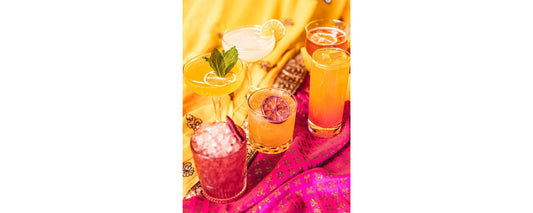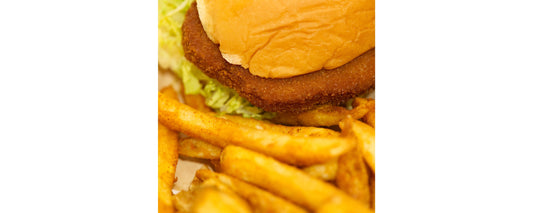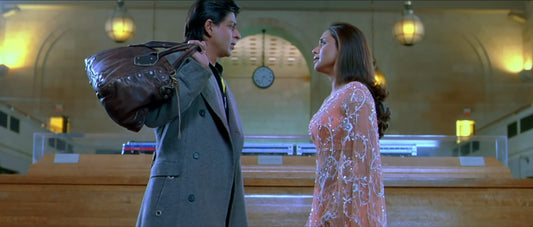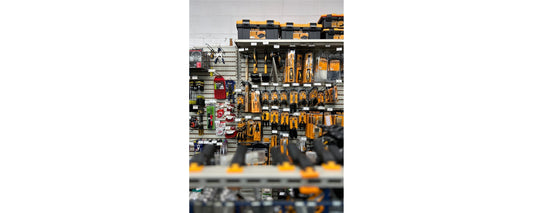Black and white photographs of a divided Berlin keep company with colonies of oversized sea creatures carved from stone at Kehler Liddell Gallery’s newest joint exhibition: Sven Martson’s Taking Sides and Gar Waterman’s Canaries in a Blue Coal Mine. The juxtaposition—the artists’ work is interspersed throughout the main gallery—seems incongruous at first: Could these two bodies of work have anything in common? Yet the broad spectrum of natural colors in onyx, marble, soapstone and travertine visually compliment the stark images of life in front of and behind the Iron Curtain. And soon, a thematic fraternity emerges: a sense of urgency about problems our dysfunctional political system can’t or won’t solve.
Martson’s photos were taken in September of 1974 in both East and West Berlin. As an American, he had the privilege of passing through “Checkpoint Charlie” every day. “I didn’t have much of a plan, except to keep the sun behind me,” he recalls.
sponsored by
By my count, the Berlin Wall itself appears in only two of the 35 prints in Taking Sides, but images of division are prevalent throughout. Martson often views his subjects through a window or a fence. A doll is seen through a windshield. Two soldiers’ hats, left on a dashboard, are shown through a car window. Berliners are glimpsed through the windows of buses and restaurants, and through the grid of a wire fence, Martson captures children playing in a wide, muddy trench full of water. The photographer’s own image reflects in a shop window where three male mannequins, hands on their hips, advertise stylish blazers of the day.
Other separations are less physical. In Jackhammer Operator, West Berlin, a blurred businessman in the foreground adjusts his tie while, in the background, a construction worker leans into his destructive machine, foreshadowing what will happen to the wall itself 15 years in the future. The class distinction is striking. The same is true in Street Work, West Berlin. Here, the image is divided by a pole. On the left, a man in a business suit gestures with one hand, a cigarette pinched between the fingers of the other; on the right, a workman kneels in the street, spreading steaming hot asphalt by hand.
The separations are not all class-related. In a more humorous image, titled Street Furniture, West Berlin, a concrete walkway down the center of the photograph bisects a brick sidewalk. On either side, park benches face away from each other. A woman sits on one, a man on the other. We can see each of them clearly—she in a dress coat and pumps, legs crossed, arm looped through her purse as she gazes away from us up the street; he dressed in a business suit, hunched with a plastic shopping bag set on the ground between his legs. Neither one sees or acknowledges the other. The image reads almost like a reversal of the story of the wall, in which family and friends separated by its mass were desperately aware of what lay on the other side.
Martson, whose father was from Estonia and whose mother was from “a part of Germany that’s so far east it’s now part of Poland,” was born in Germany and came to the United States as a small child. His photographs document a particular time in history and a place that no longer exists. “It’s a totally different city,” says the photographer, who returned to Berlin in 2003 and again last year. “There’s absolutely no visual relationship at all—no relationship at all, period—to what it was like before.”
Nevertheless, the photographs in Taking Sides tap into the political angst of today, circling back to a world in which Russia’s influence looms large and the divisions between citizens of the same nation seem stark. And yet, which side is which? The titles of the photographs appear only on a separate handout, and without the labels of East and West, it’s hard to tell. Martson says he asked some friends to walk through and take a guess. “The best anybody did was about 50 percent,” he reports.
Gar Waterman’s gorgeous stone sculptures carry a politically significant message as well, one more overtly and urgently stated on the exhibition’s opening panel: “
The son of an underwater filmmaker, Waterman has been diving since childhood. “The marine world has always been kind of a part of me,
The marine life sculptures in Canaries in a Blue Coal Mine are grouped with their kind—fish, mollusk shells, cephalopods (like squids and octopi), nudibranchs (sea slugs) and echinoderms (represented by a sea star) are accompanied by text that explains the environmental dangers these creatures face, dangers Waterman insists we must conquer now.
The sculptor claims Canaries is “as much about the creatures who inspire it as it is about the artwork itself,” but his smooth, sleek stone sculptures are utterly compelling on their own, separate from the narrative of the perils they face. Natural veins in the stone run like currents of water along the body of a fish and encircle the whorls of a shell. The fins of Waterman’s fish are raw against their polished bodies, revealing the marks of the artist’s tools. The opaque surface of a flounder carved from Persian white onyx reveals layers of ruffled salmon-pink stone below. The shimmering pink onyx surface of a nudibranch is juxtaposed with rough-cut knobs of brown. Its edge wavers as if in motion far beneath the ocean’s surface.
Yet, taken with their dire textual warnings, it’s possible to see more than sheer beauty in these stone figures. All are larger than life, demanding our attention. Two sea slugs dominating the center of the gallery have been transformed from their true size, measured in centimeters or even millimeters, to giant tentacled creatures several feet long whose polished surfaces appear slick, even slimy. The magnification is both intriguing and disturbing. The medium implies a further warning, a suggestion of fossilized creatures already extinct, preserved only in stone.
We can’t quite look away—nor should we.
Sven Martson’s Taking Sides and Gar Waterman’s Canaries in a Blue Coal Mine
Kehler Liddell Gallery – 873 Whalley Ave, New Haven (map)
Thurs-Fri 11am-4pm, Sat-Sun 10am-4pm or by appointment
(203) 389-9555 | kehlerliddell@gmail.com
www.kehlerliddellgallery.com/exhibitions
Written by Kathy Leonard Czepiel. Image 1 photographed by Kathy Leonard Czepiel. Images 2-10 photographed by Dan Mims.








